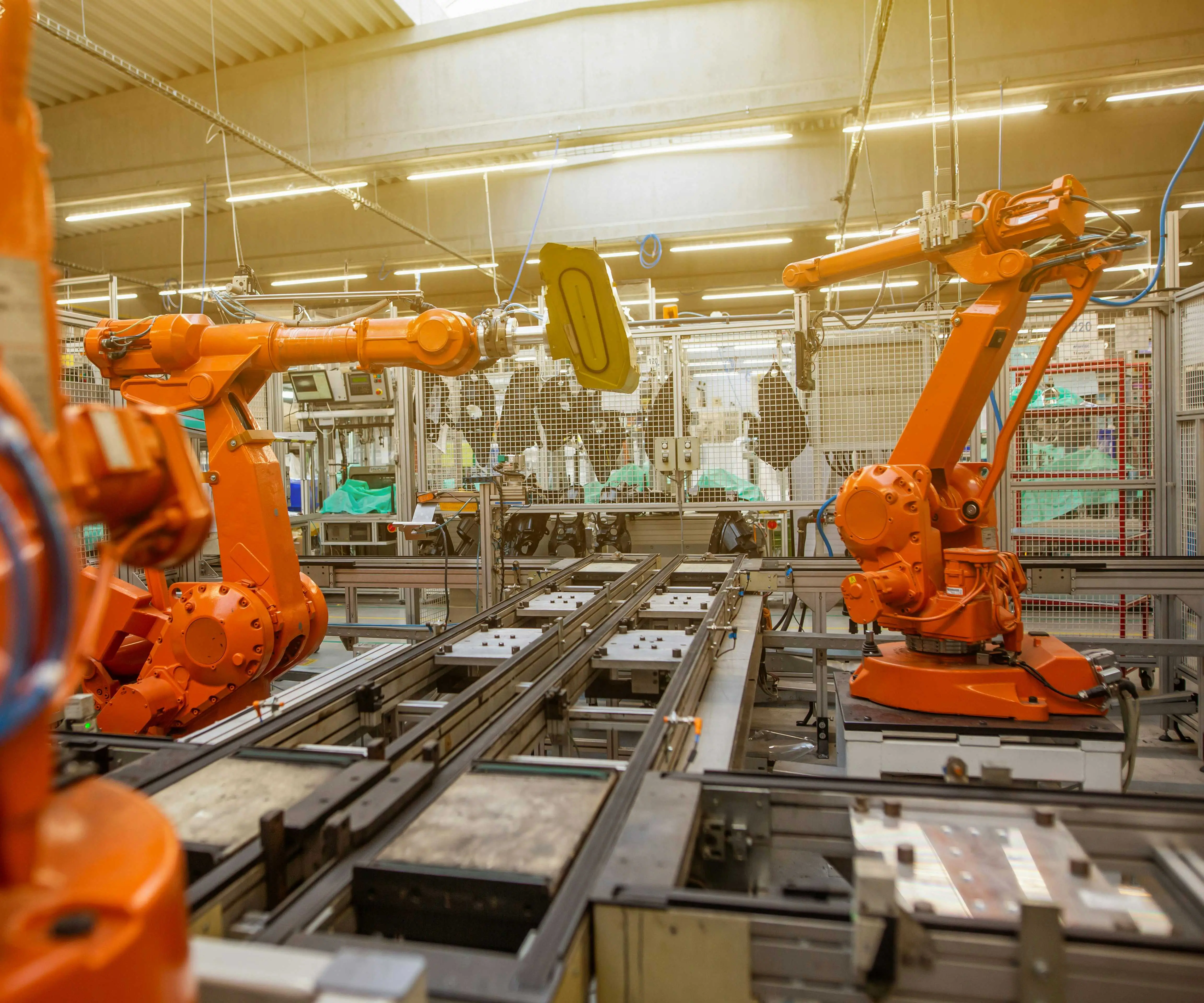In the realm of modern climate control, comfort and efficiency aren’t just about heating and cooling—they hinge on sophisticated mechanisms that harmonize airflow with precision. Among these, the air mix damper control servo motor stands out as a pivotal component driving smarter, more responsive HVAC systems.

Imagine a bustling office building on a chilly winter morning. The temperature inside needs to be just right—warm enough to keep occupants cozy, yet not overly heated. Achieving this balance is a complex dance of airflow management, where the air mix damper plays a starring role. It controls the proportion of hot and cold air mixed in the HVAC system, maintaining desired temperatures with remarkable accuracy.
At the heart of this process is the air mix damper control servo motor—an intelligent device that converts electrical signals into precise mechanical movements, adjusting dampers seamlessly. Unlike manual dampers that require human intervention, servo motors enable dynamic, automatic adjustments based on real-time data from temperature sensors, humidity levels, and user preferences.
Understanding the Air Mix Damper:
The air mix damper itself is a valve or blade that modulates airflow within an air handling unit (AHU). It helps blend hot and cold air streams, ensuring the output air matches the set temperature. The damper’s position directly influences the environmental conditions, making its control crucial for system stability.
Controlling this damper involves a delicate balance—any lag or inaccuracy can lead to energy wastage or uncomfortable temperature swings. That's where servo motors come into play. These intelligent motors provide fine control, fast response times, and consistent positioning accuracy, ensuring that the damper moves exactly to the desired angle every time.
Why Do We Need Specialized Control?
Traditional HVAC systems relied on simple motorized dampers with limited feedback mechanisms, which sometimes resulted in over or under-compensation, leading to inefficient operation. Modern systems demand precision—especially with the advent of building automation, energy-saving regulations, and user comfort expectations.
Servo motors designed for air mix dampers are equipped with position sensors, feedback loops, and advanced control algorithms. This integration allows for closed-loop control—constantly adjusting damper positions based on ongoing temperature readings and other environmental factors. The result is a system that can respond instantly to changes, uphold setpoints, and optimize energy consumption.
Features of Air Mix Damper Control Servo Motors:
High Precision: Capable of controlling damper position within fractions of a degree, ensuring accurate airflow modulation. Fast Response: Quickly adjust damper angles upon receiving control signals, minimizing lag. Reliability: Built to operate continuously in demanding environments—resistant to dust, temperature variations, and mechanical wear. Ease of Integration: Compatible with various building automation systems (BAS) and IoT platforms for seamless monitoring and control. Energy Efficiency: Reduce unnecessary airflow and energy wastage, contributing to greener buildings and lower utility bills.
The Working Principle:
Most air mix damper control servo motors operate based on electric feedback systems. When a temperature sensor detects that the internal environment deviates from the desired setpoint, the control system sends a command to the servo motor. The motor then rotates the damper to a specific position, adjusting the mix of hot and cold air.
This process involves:
Signal Reception: The control system interprets data from sensors. Position Command: A target damper angle is calculated. Motor Actuation: The servo motor receives the command and begins movement. Feedback Loop: The motor’s built-in sensors report the damper’s actual position back to the controller. Fine-tuning: The control system compares the actual position with the target, making further adjustments as needed.
This closed-loop feedback ensures that the damper reaches and maintains the optimal position, ensuring precise airflow management.
Applications and Advantages:
Air mix damper control servo motors aren’t limited to large commercial buildings—they find applications across a spectrum of HVAC systems, from residential smart homes to advanced industrial environments. They contribute significantly to:
Precise temperature control Energy conservation Reduced operational costs Enhanced occupant comfort Integration with building automation for predictive control
In essence, these servo motors empower HVAC systems with a level of intelligence and responsiveness that was unimaginable a few decades ago. They transform traditional systems into smart, adaptive solutions capable of meeting the dynamic needs of modern buildings.
Leveraging innovations in modular drive technology, Kpower integrates high-performance motors, precision reducers, and multi-protocol control systems to provide efficient and customized smart drive system solutions.




































